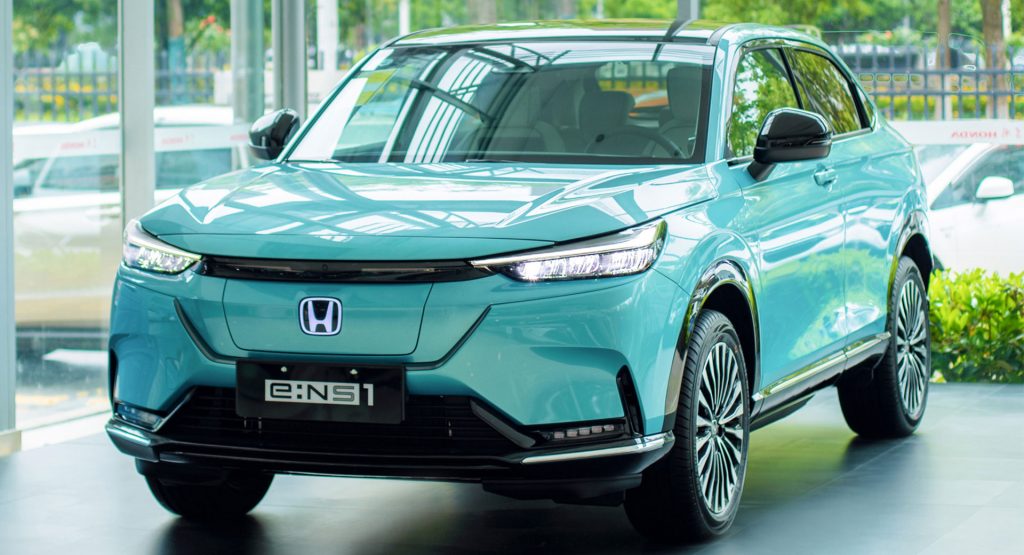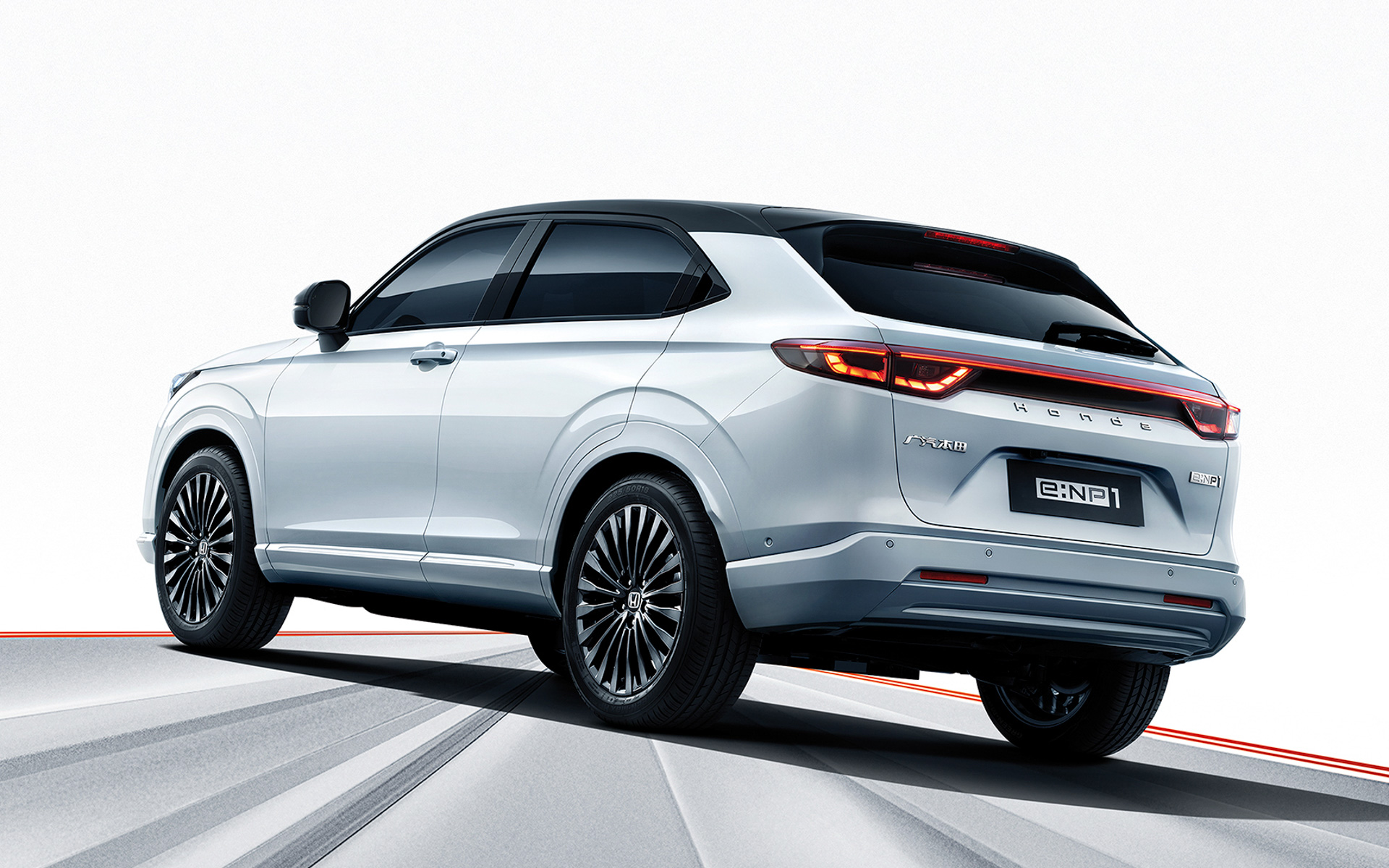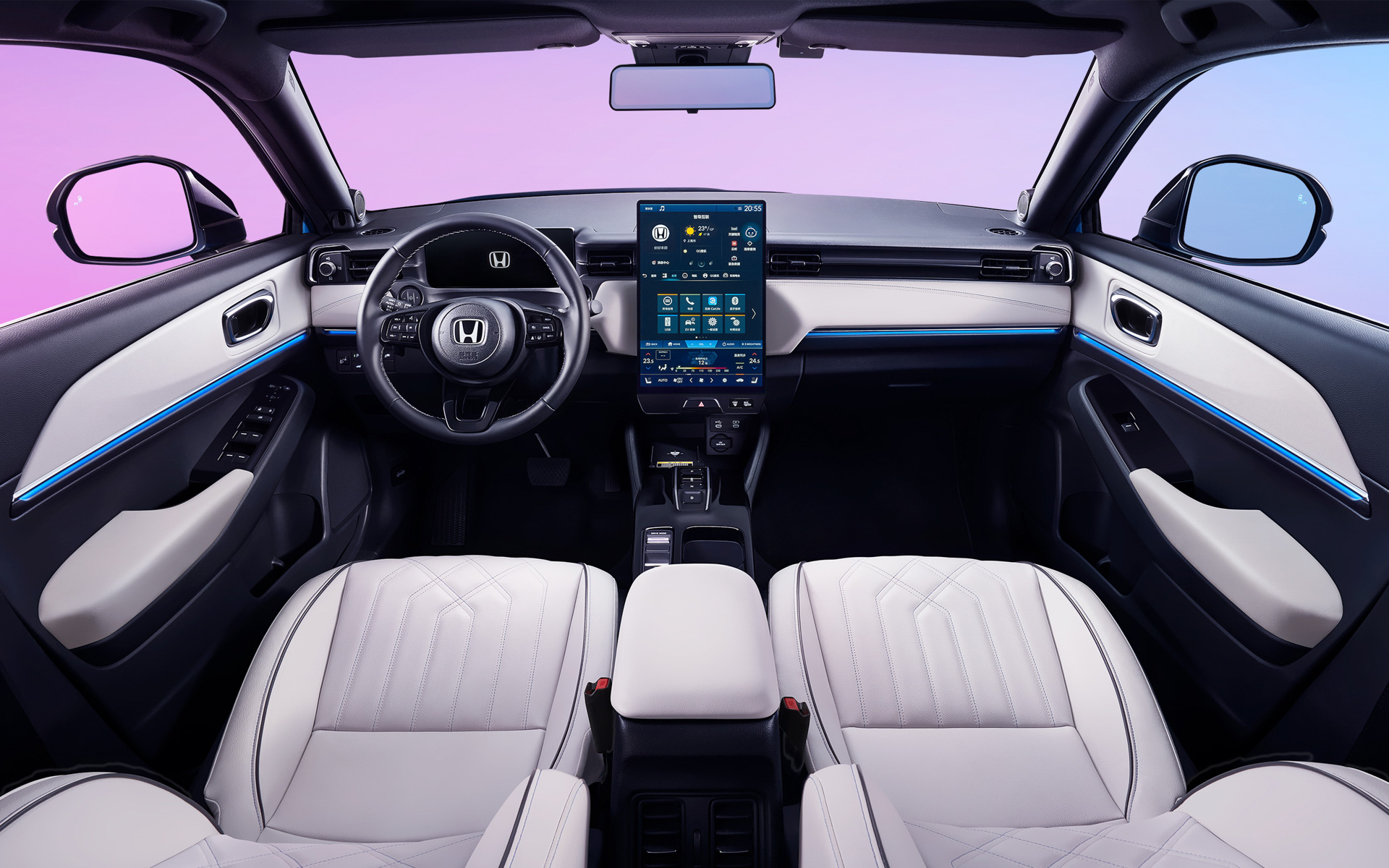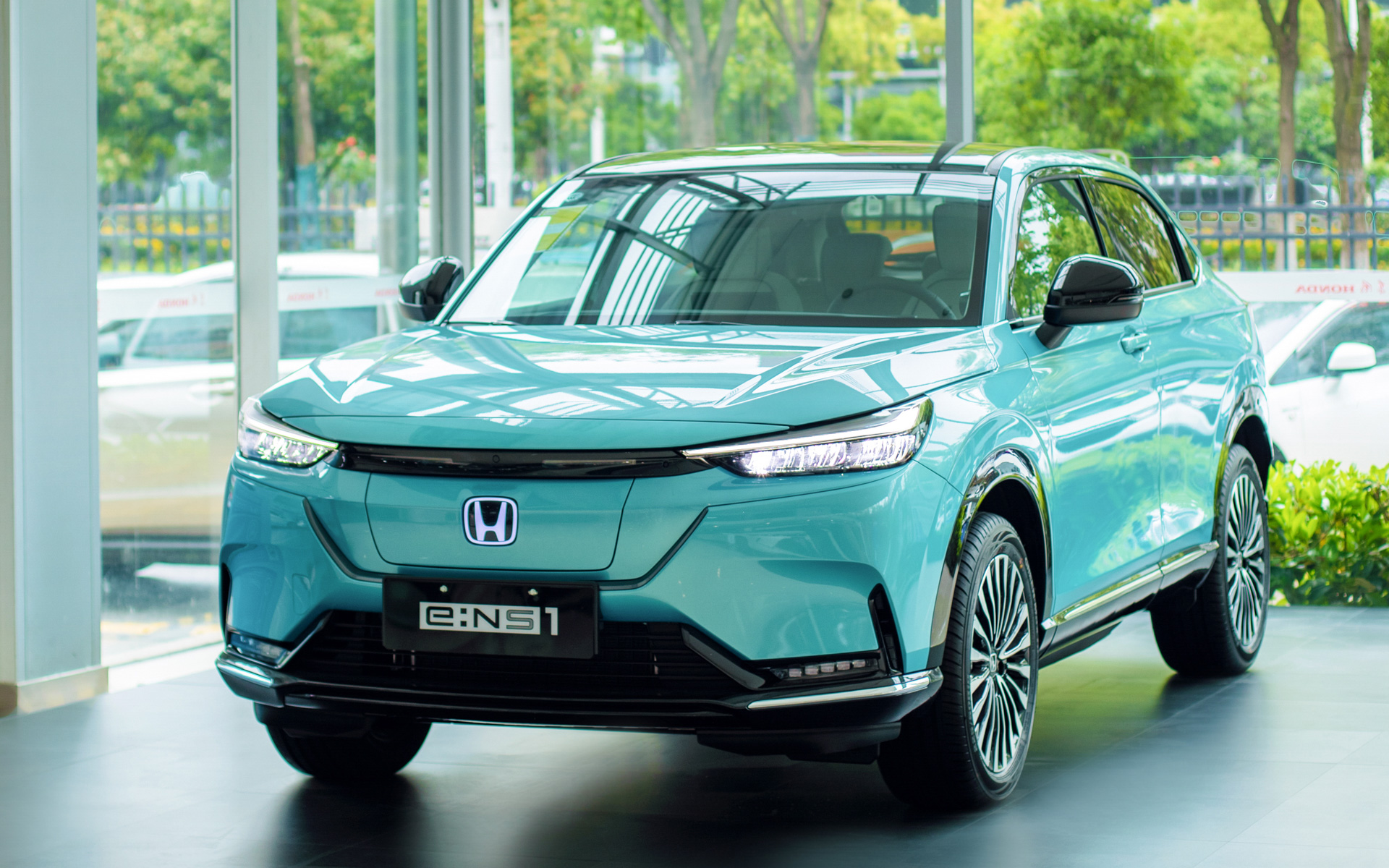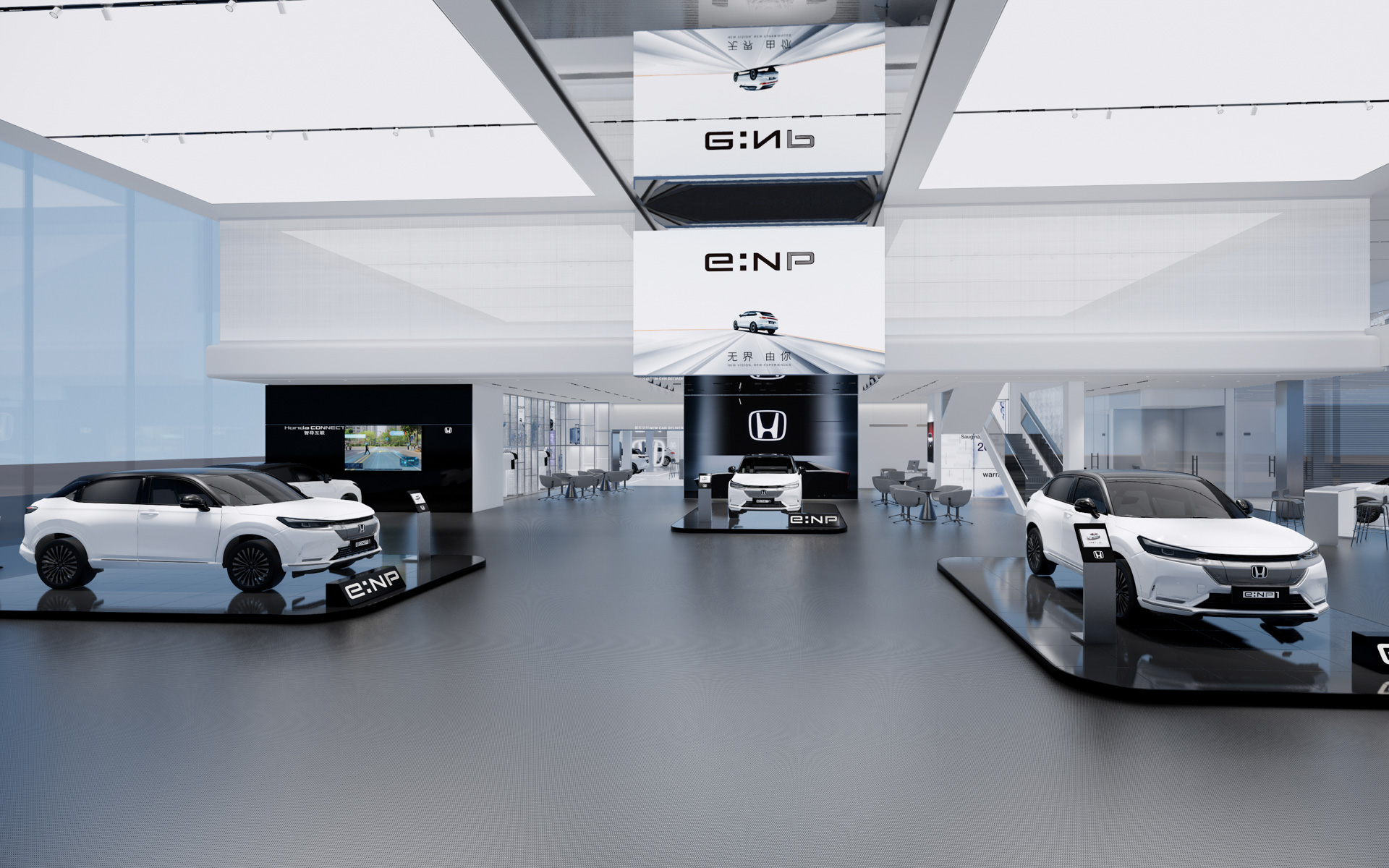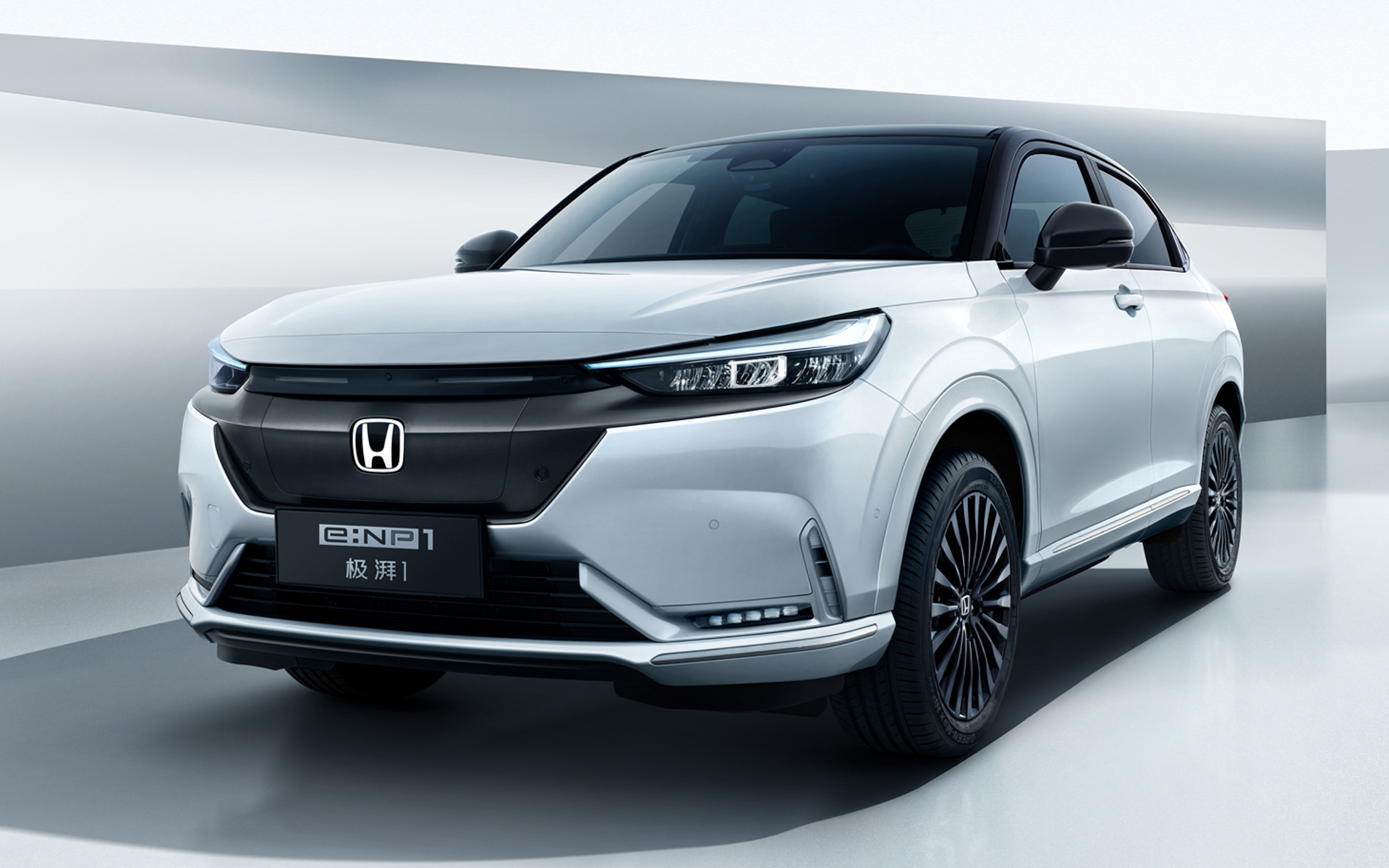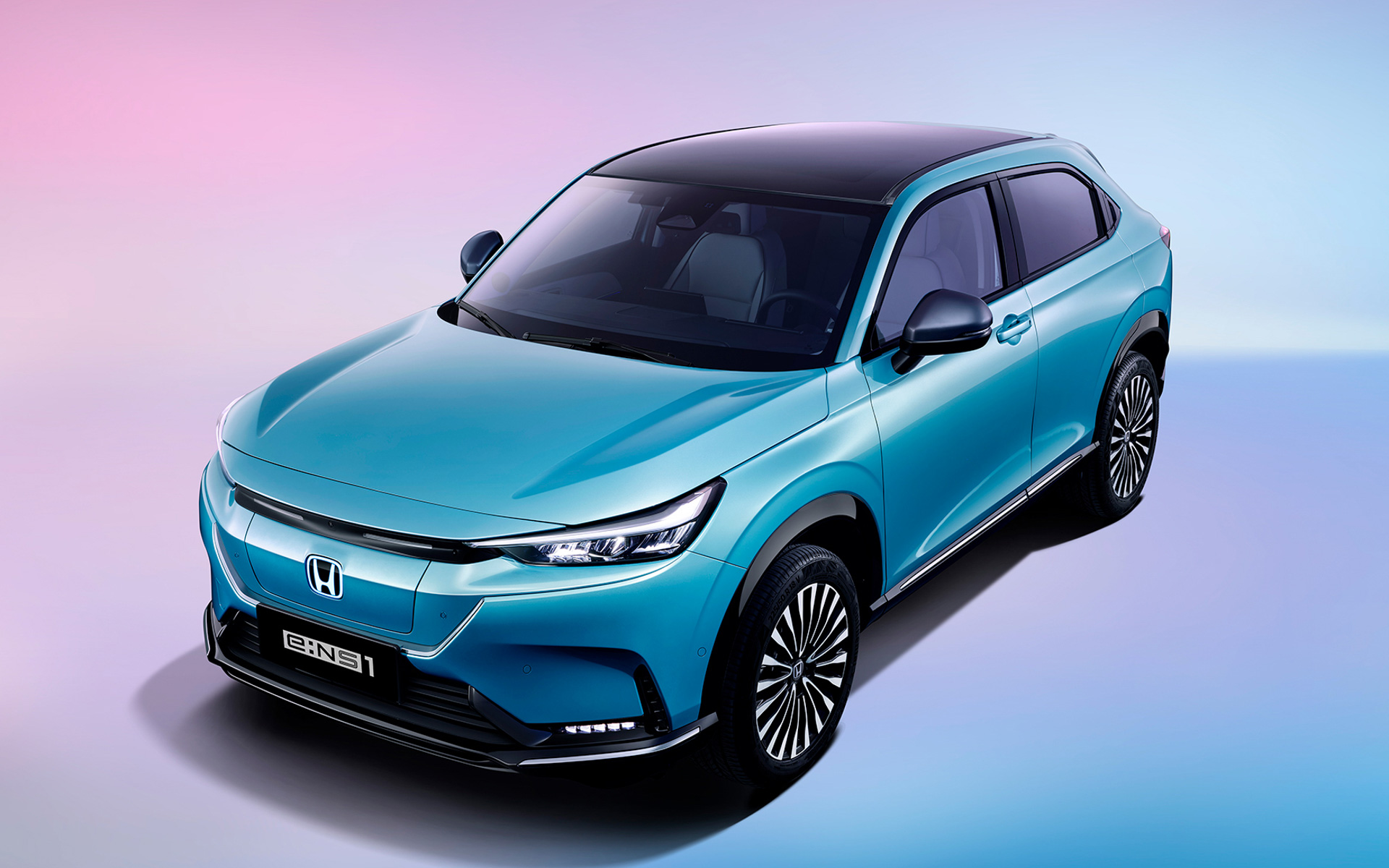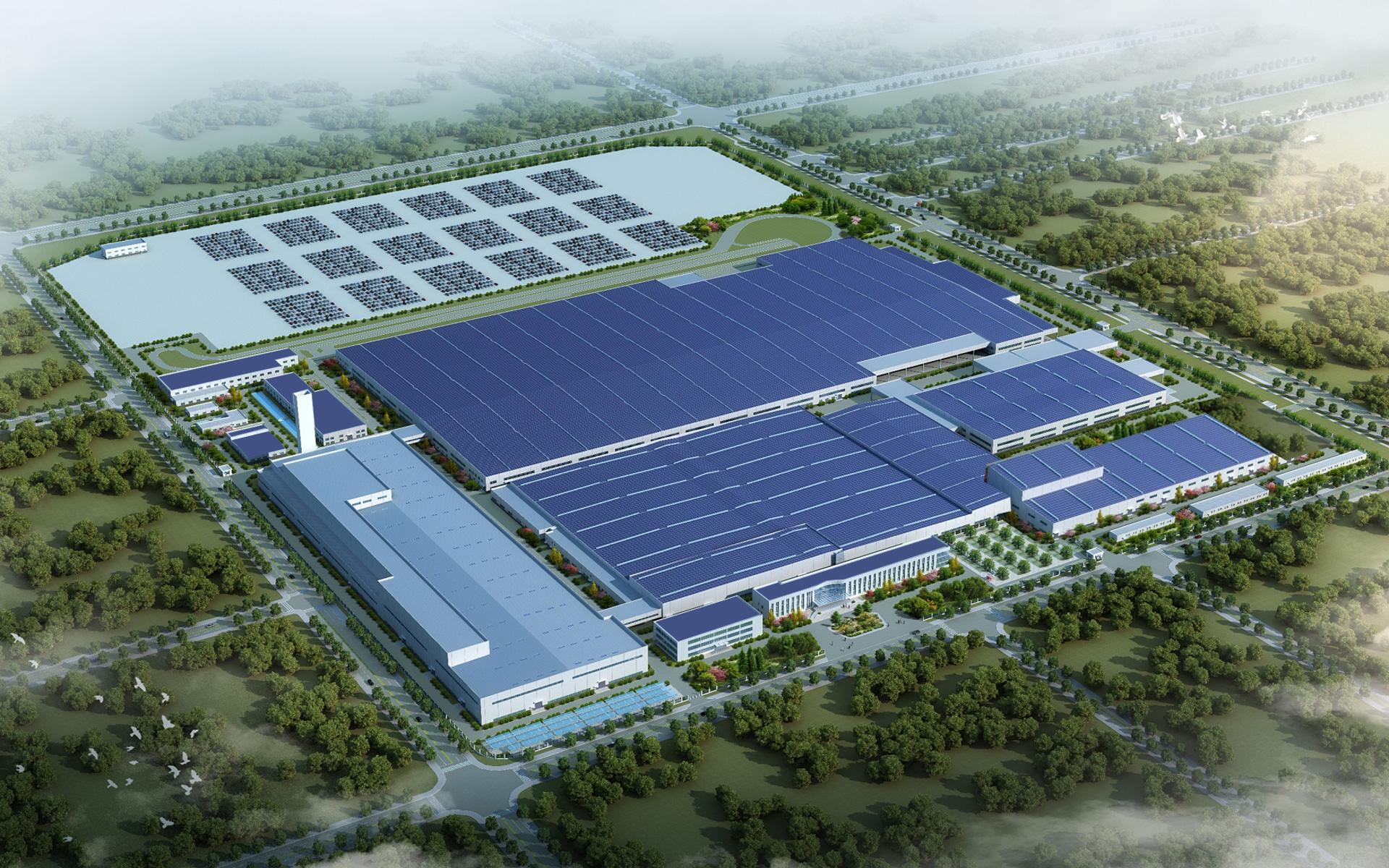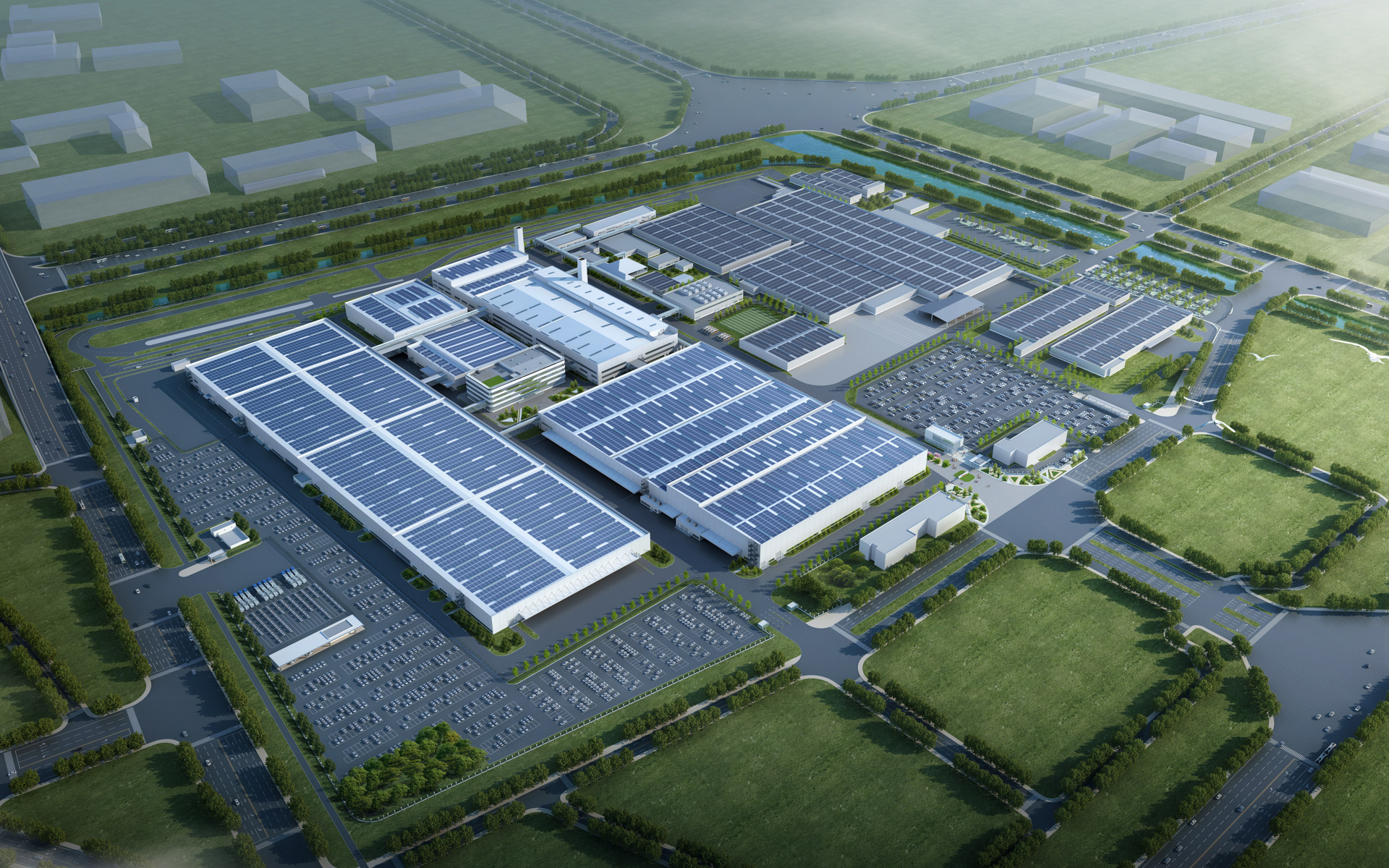While much of the Western World eagerly awaits the launch of Honda’s first of two EVs based on GM’s Ultium platform, the Japanese car manufacturer has quietly introduced its first electric vehicle in China through the Dongfeng Honda joint venture.
The EV has been launched in two flavors, dubbed the e:NS1 and e:NP1 respectively. While neither model has been fully detailed by Honda, we know they are equipped with a battery pack offering up to 510 km (317 miles) of range on the Chinese testing cycle. Honda first unveiled the two models back in October 2021.
The design of the e:NS1 and e:NP1 is very similar to the new-age Honda HR-V which itself has a design inspired by the Honda Prologue Concept. As such, the front end includes striking headlights with incorporated LED daytime running lights and additional DRLs located near the base of the bumper. The EVs also feature a blacked-out front grille while the e:NS1 pictured also has gloss black wheel arches.
Read More: Honda Introduces Five New EVs For China, First Two Arrive Next Year
As for the rear, it too is similar to the HR-V and includes LED taillights, a prominent light bar, and a steeply-raked rear window with a subtle spoiler stretching out from the roof.
The interior is a dramatic departure from other current Honda models. Immediately catching the eye is the portrait-oriented central touchscreen that appears to house all of the SUV’s key functions, include the climate control settings. The single image released of the EV’s interior also showcases a digital instrument cluster, ambient lighting, a Civic-inspired dashboard, and a two-tone finish combining white and black leather. We can also see two USB-C charging ports and a wireless charging pad.
Dongfeng Honda will sell the e:NS1 and e:NP1 through specialty stores in shopping malls throughout Beijing, Shanghai, Guangzhou, and other cities. It will also establish interactive online stores where customers will be able to place an order. The joint venture intends to launch 10 models in the e:N series in China by 2027.



